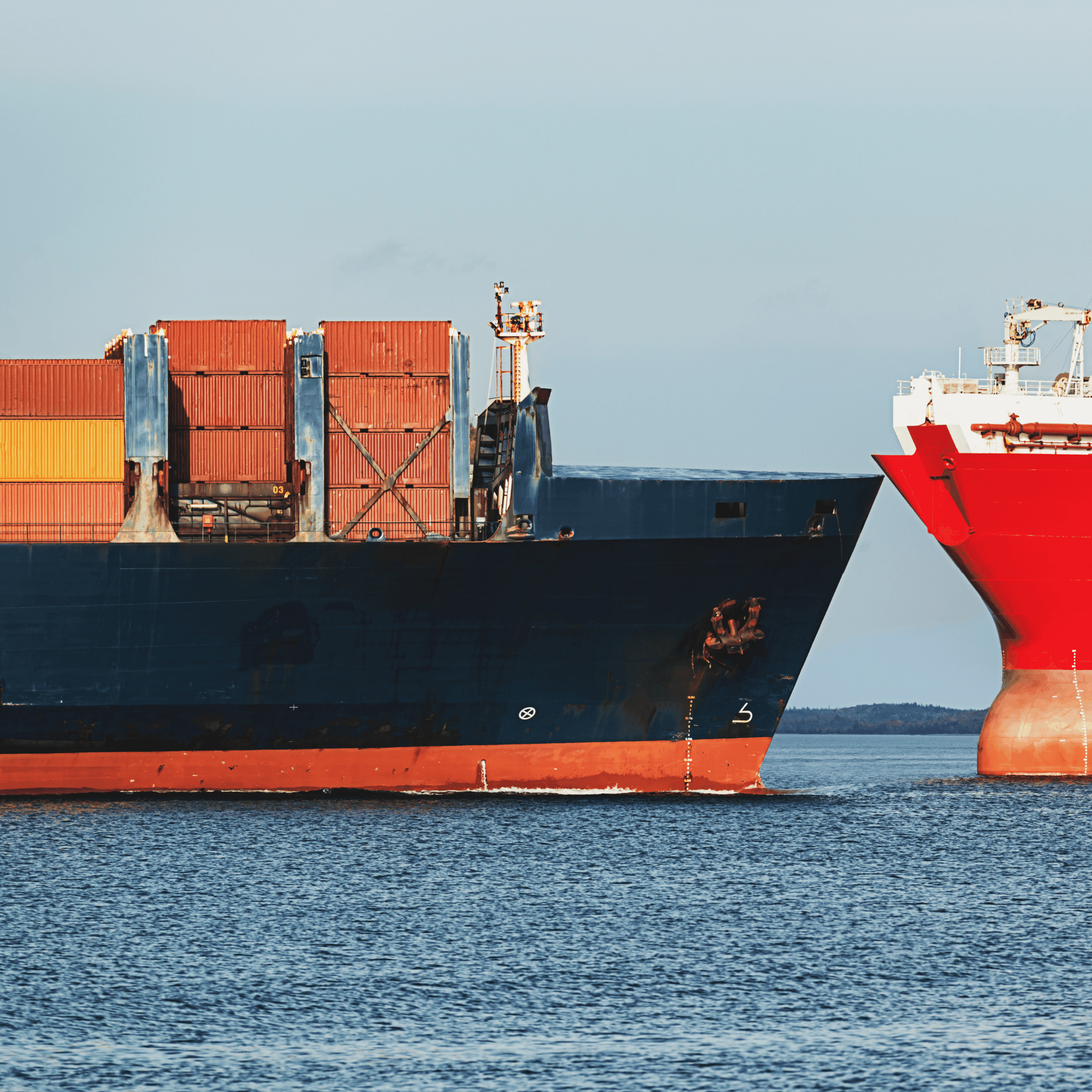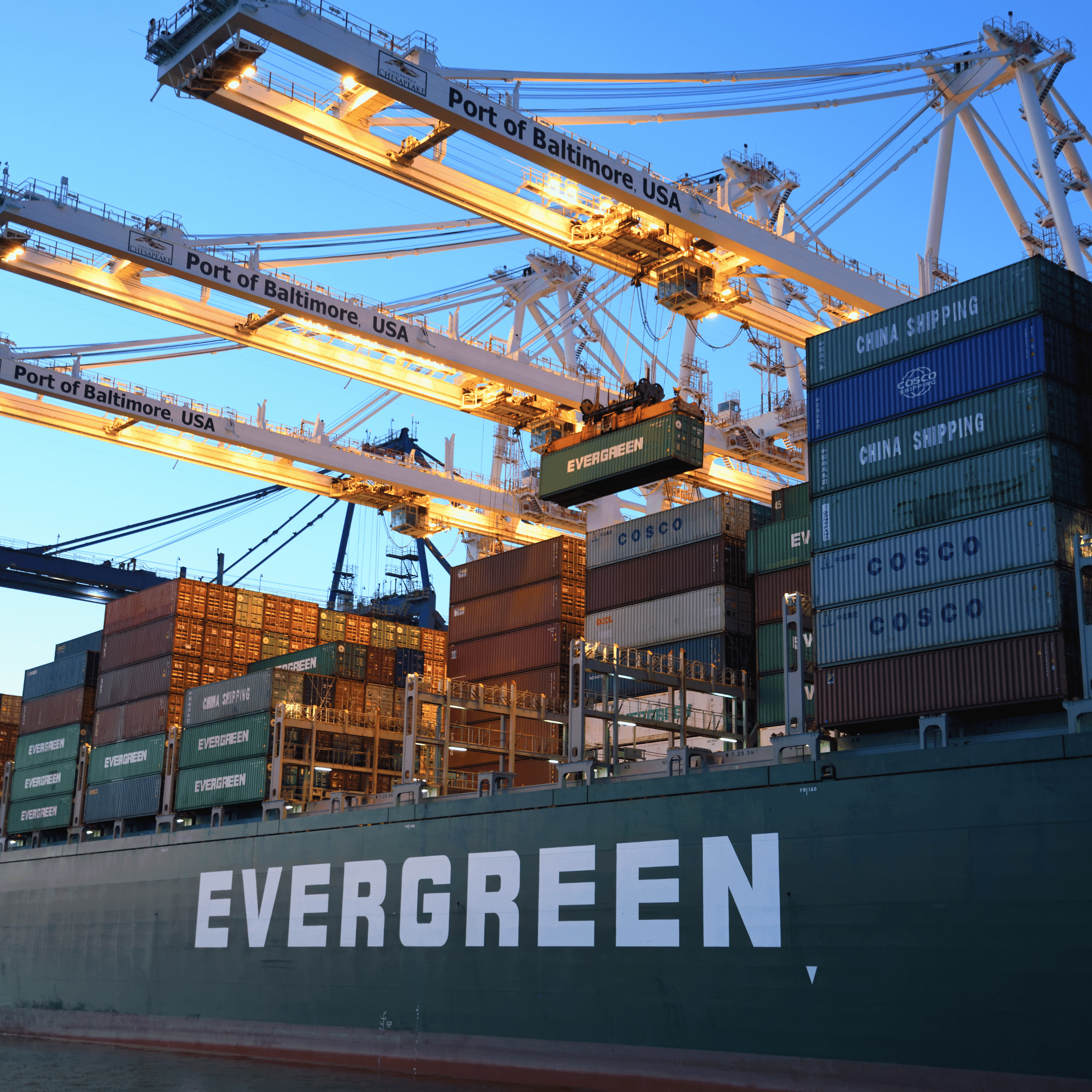In the dynamic realm of e-commerce, firms are constantly seeking avenues to streamline operations, improve efficiency, and enhance customer satisfaction. Third-Party Logistics (3PL) providers have emerged as potent allies in this endeavor, offering a suite of services that promise to shoulder a substantial part of the logistical burden. As e-commerce businesses strive to stay competitive, making an informed decision regarding the deployment of 3PL services becomes imperative. This article delves deep into the cost-benefit analysis of adopting 3PL services for your e-commerce enterprise, evaluating whether it represents the most judicious business solution.
Introduction
The e-commerce sector has witnessed exponential growth over the past decade, characterized by relentless innovations and increasing customer demands. In such a landscape, the logistics function, which encompasses warehousing, distribution, and transportation, has become a focal point of optimization efforts. 3PL providers, with their expertise and resources in logistics and supply chain management, present themselves as viable partners for e-commerce businesses aiming to upscale their operations. However, before taking the plunge, a critical cost-benefit analysis is warranted to discern if 3PL is indeed the right solution.
What is 3PL?
Third-party logistics providers are firms that offer a broad array of logistics services. These could encompass warehousing, transportation, order fulfillment, inventory management, and more. Through 3PL, e-commerce companies can outsource complex logistics tasks, enabling them to focus on core business activities such as product development and marketing.
Benefits of 3PL
Scalability and Flexibility
3PLs can adeptly manage fluctuations in demand, offering scalability that could be both time and cost-prohibitive for businesses to achieve in-house. E-commerce firms can easily scale operations up or down without significant investments in infrastructure or personnel.
Expertise and Technology
3PL providers bring to the table extensive knowledge of the logistics sector, coupled with advanced technologies that can facilitate seamless supply chain operations. From real-time tracking to automated warehousing solutions, these firms are equipped with the tools to offer efficient, technology-driven services.
Cost Reduction
Through 3PL, companies can potentially minimize costs associated with warehouse management, equipment, transportation, and staff. 3PL providers, with their larger scale of operations, can offer cost efficiencies that smaller e-commerce players might find challenging to achieve.
Focus on Core Competencies
Outsourcing logistical functions allows businesses to channel their energies on areas where they have expertise. This could lead to enhanced product quality, improved marketing strategies, and better customer services.
Drawbacks of 3PL
Loss of Control
Delegating critical supply chain functions to a third party can result in a loss of control. This could manifest in delayed reactions to issues, which might have been addressed more promptly with an in-house team.
Integration Challenges
Integrating existing business systems with those of a 3PL provider can sometimes pose challenges. Misalignments could result in inefficiencies, hampering the smooth flow of operations.
Hidden Costs
While 3PL providers advertise cost reductions, it is vital to scrutinize contracts for potential hidden costs. These could be associated with service level agreements, penalties, or additional services that were not accounted for initially.
Evaluating the Costs and Benefits: A Practical Approach
Strategic Alignment
Before opting for a 3PL solution, ensure that it aligns well with the overall strategic goals of your e-commerce business. The decision should be predicated on long-term viability and alignment with the business model.
Financial Analysis
Undertake a detailed financial analysis to evaluate the potential cost savings and return on investment (ROI) that a 3PL partnership can offer. This should encompass all potential costs, including transition costs and potential hidden charges.
Customer Service Impact
Evaluate the potential impact of a 3PL partnership on customer service levels. Consider factors such as delivery times, order accuracy, and the ability to maintain customer satisfaction levels.
Risk Assessment
Conduct a risk assessment to identify potential pitfalls and challenges associated with outsourcing logistics functions. This should encompass potential disruptions, dependency on the service provider, and contingency planning.
Conclusion
The decision to engage a 3PL provider should be underpinned by a careful cost-benefit analysis, taking into account the specific needs and characteristics of your e-commerce business. While 3PL services offer a range of benefits including cost efficiencies and technological advancements, e-commerce firms need to weigh these against potential drawbacks such as loss of control and integration challenges.
In the final reckoning, choosing a 3PL solution would be contingent upon its alignment with your business goals, the potential for cost savings, and the ability to enhance customer service levels. A careful and thorough evaluation, involving detailed financial analyses and risk assessments, can facilitate an informed decision, steering your e-commerce business towards a trajectory of sustained growth and success.






